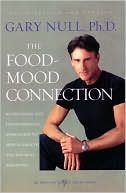The email sent will contain a link to this article, the article title, and an article excerpt (if available). For security reasons, your IP address will also be included in the sent email.
Posted on Dec 18, 2011
By Bill Blum
At his 2005 Senate confirmation hearing, John Roberts, the nominee of President George W. Bush to become the 17th chief justice of the United States, promised to serve in the neutral fashion of a baseball umpire and lead the Supreme Court away from all manner of judicial activism. “[I]t’s my job to call balls and strikes,” he testified, “and not to pitch or bat.”
Few, if any, observers took Roberts at his word, given his track record as a Republican warhorse, including stints as a clerk to Chief Justice William Rehnquist and as deputy solicitor general under the first President Bush. But even the skeptics were not prepared for the judicial counterrevolution that Roberts and his conservative high court brethren have engineered since.
In the space of a few short years, the Roberts court has transformed American law with its miscarriages of justice. Among its dubious lowlights, the court has invented a Second Amendment individual right to bear arms, erected new barriers to age and sex discrimination lawsuits, undercut environmental protection, and, in the Citizens United case—its crowning glory to date—it has recognized corporations as people under the First Amendment with the constitutional right to spend without restraint on political attack ads.










 Return to Article
Return to Article